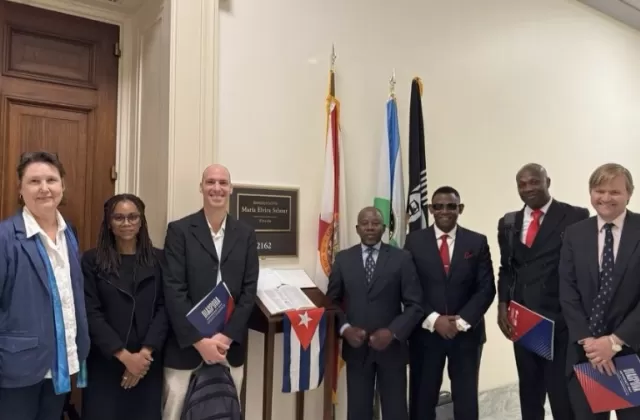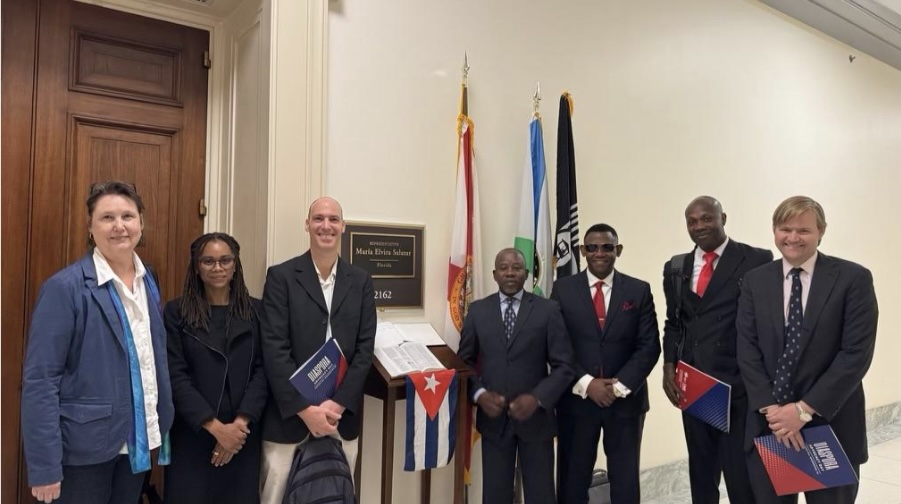Violence in Haiti: A New Report
Haiti has been in the news again this week, and not in a good way. Criminal gangs fired on US Marines guarding the US Embassy in Port-au-Prince. Although the Marines did not report injuries, it is an indicator of the gangs’ perception of impunity.
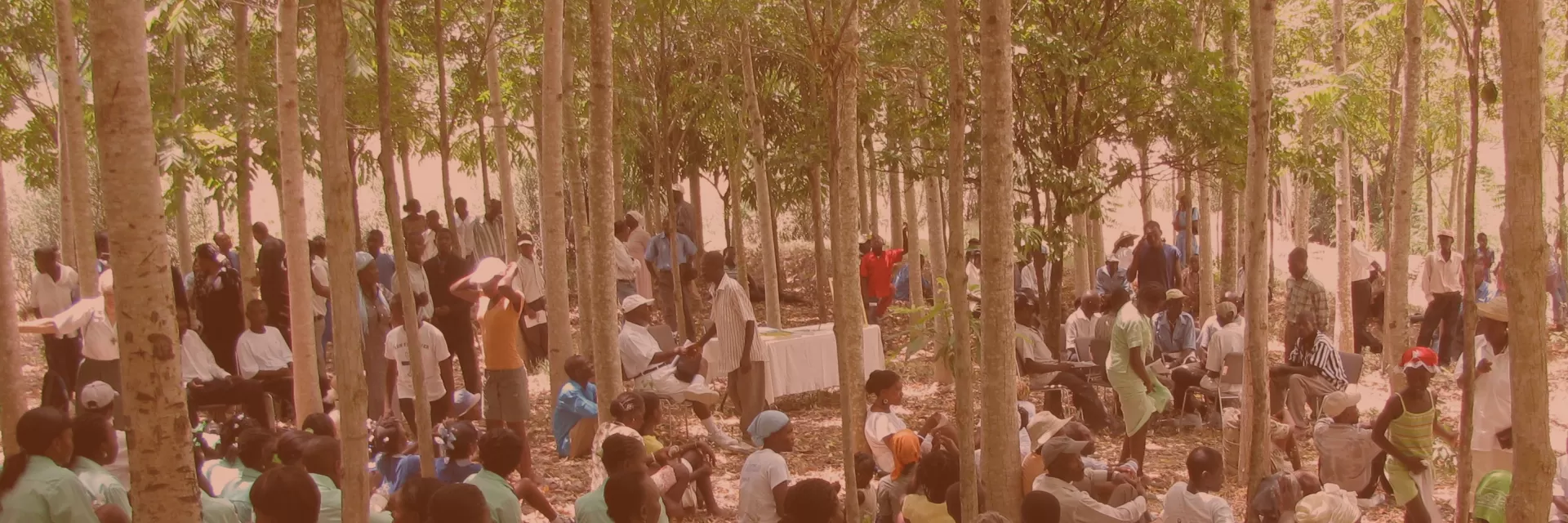

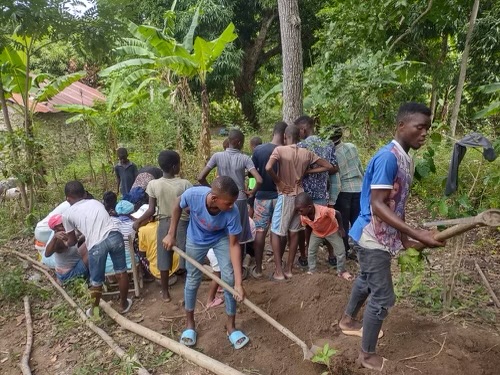
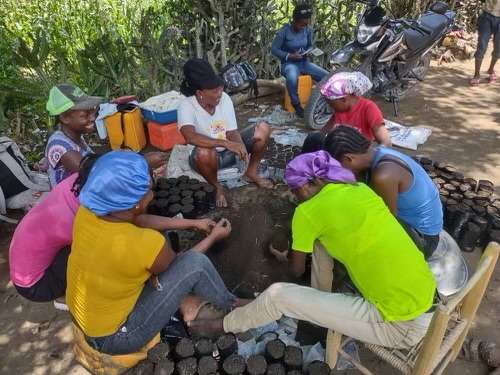
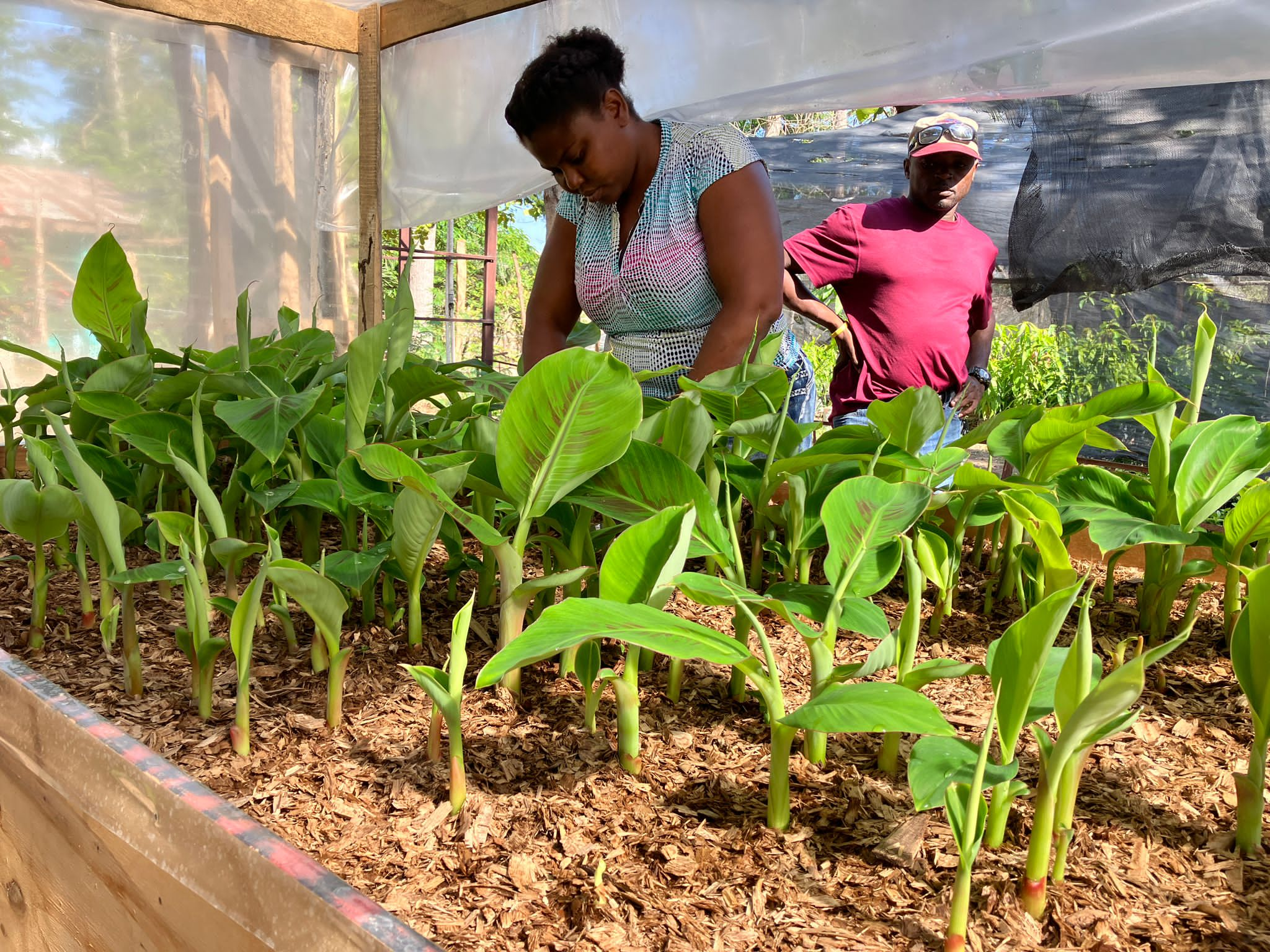
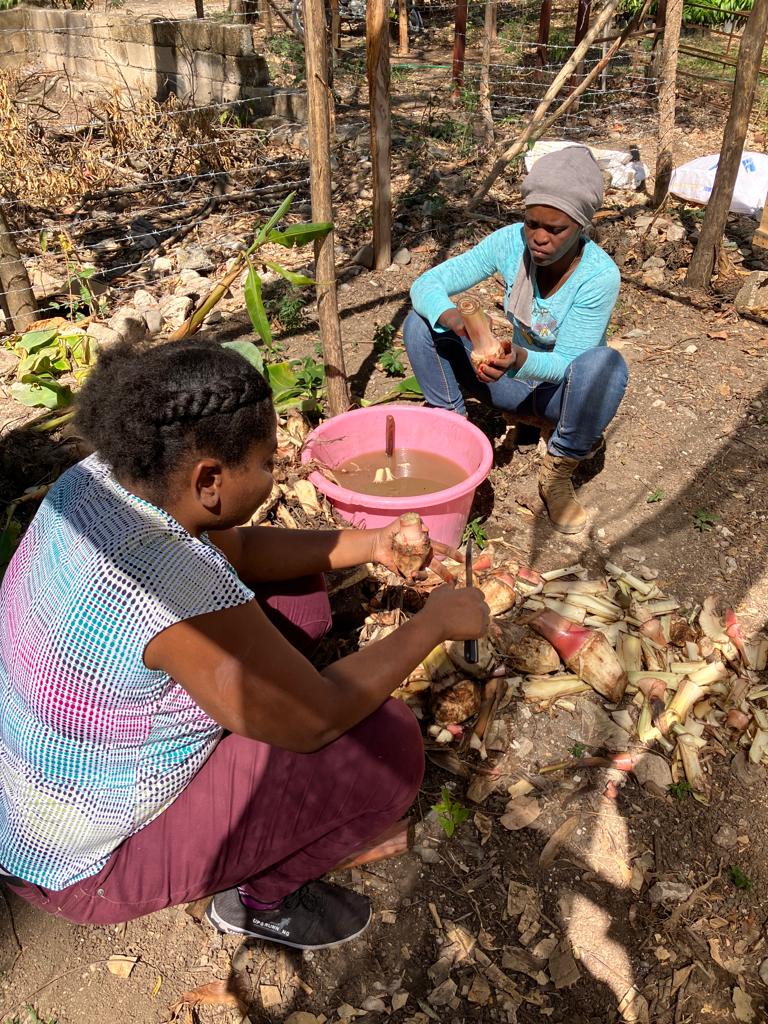
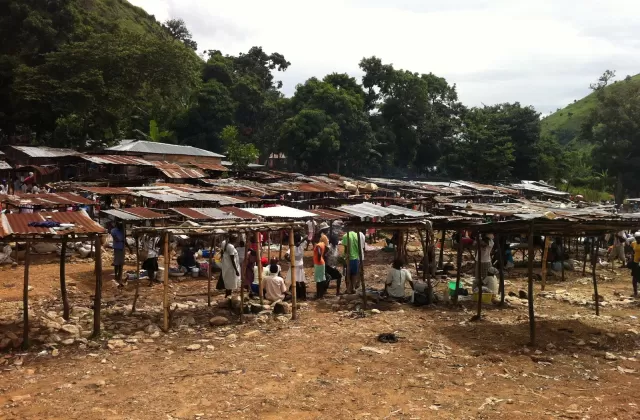
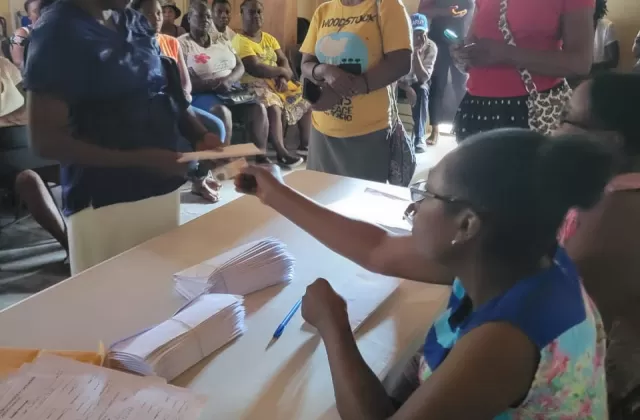
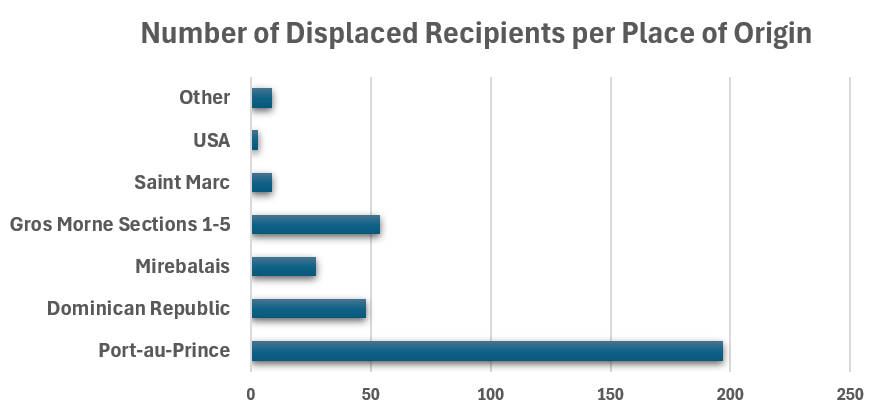 Quixote Center continues to provide cash assistance to displaced families resettling in Gros Morne, Haiti. Gang violence has forced 1.4 million people in Haiti to internally displace, about 11% of the population of the country and the highest percentage of displaced persons by population in the world. Some have ended up in Gros Morne.
Quixote Center continues to provide cash assistance to displaced families resettling in Gros Morne, Haiti. Gang violence has forced 1.4 million people in Haiti to internally displace, about 11% of the population of the country and the highest percentage of displaced persons by population in the world. Some have ended up in Gros Morne.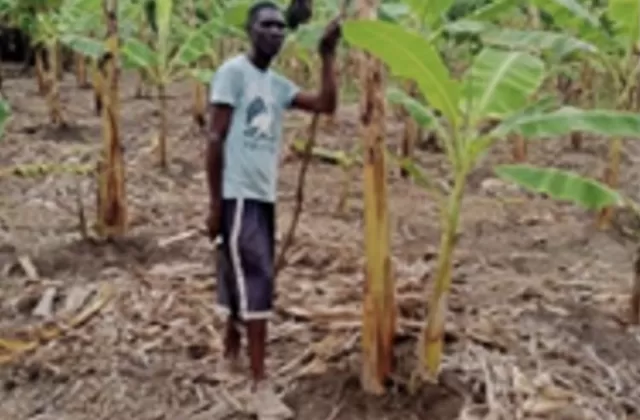
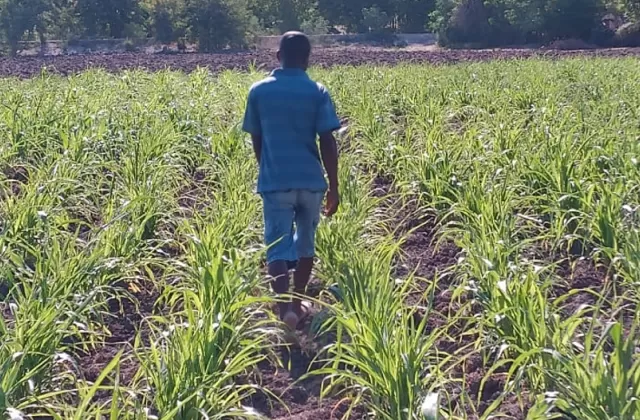
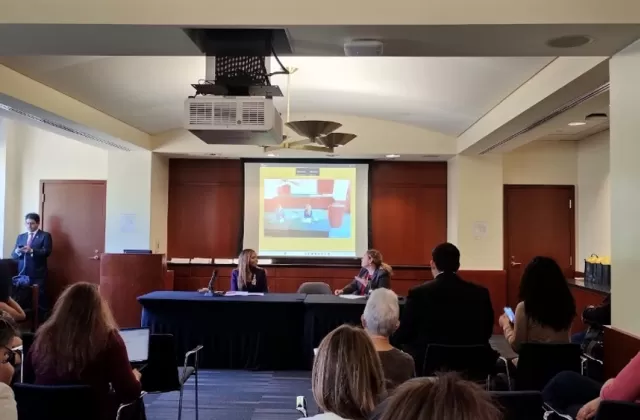
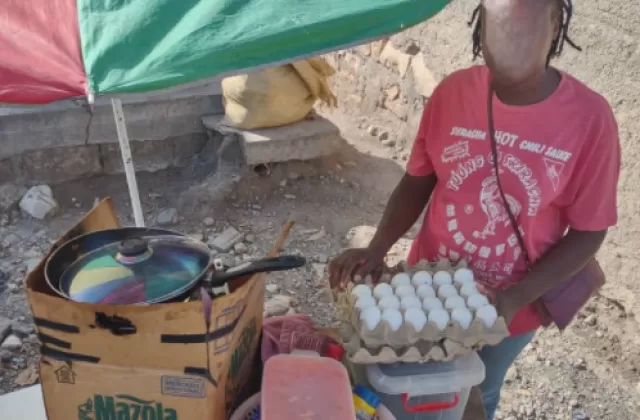


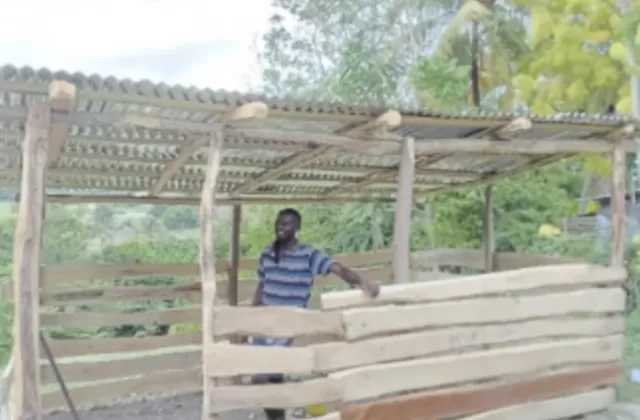

 In April, our partners at LaChandler Parish in Gros Morne reached out to Quixote Center to ask for emergency assistance to respond to an influx of displaced persons and deported migrants. Deportation flights to Haiti from the United States
In April, our partners at LaChandler Parish in Gros Morne reached out to Quixote Center to ask for emergency assistance to respond to an influx of displaced persons and deported migrants. Deportation flights to Haiti from the United States 
